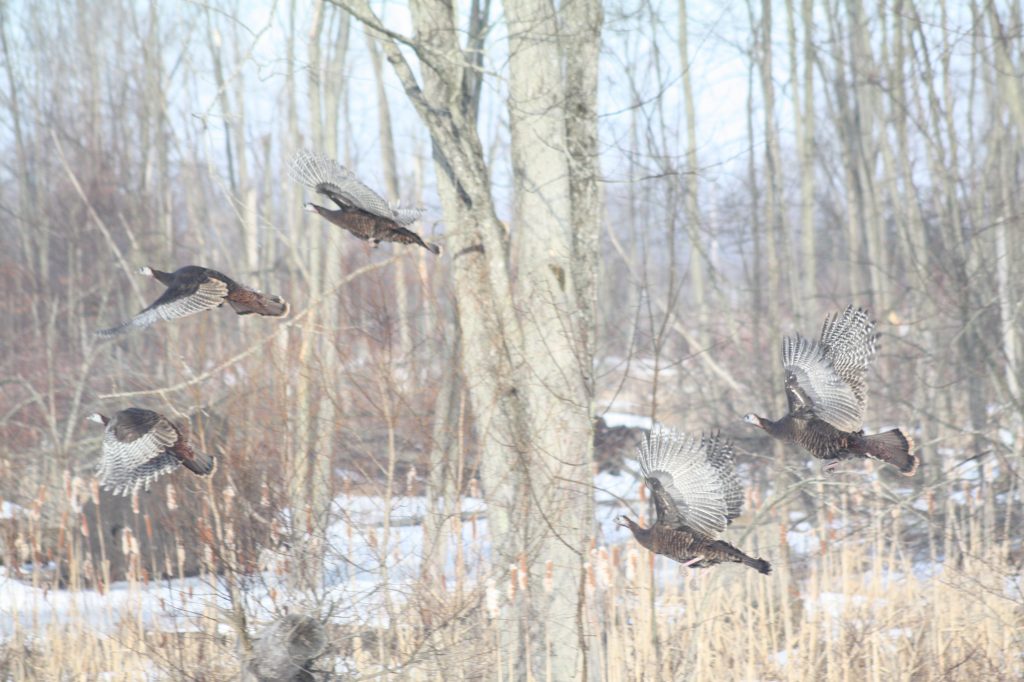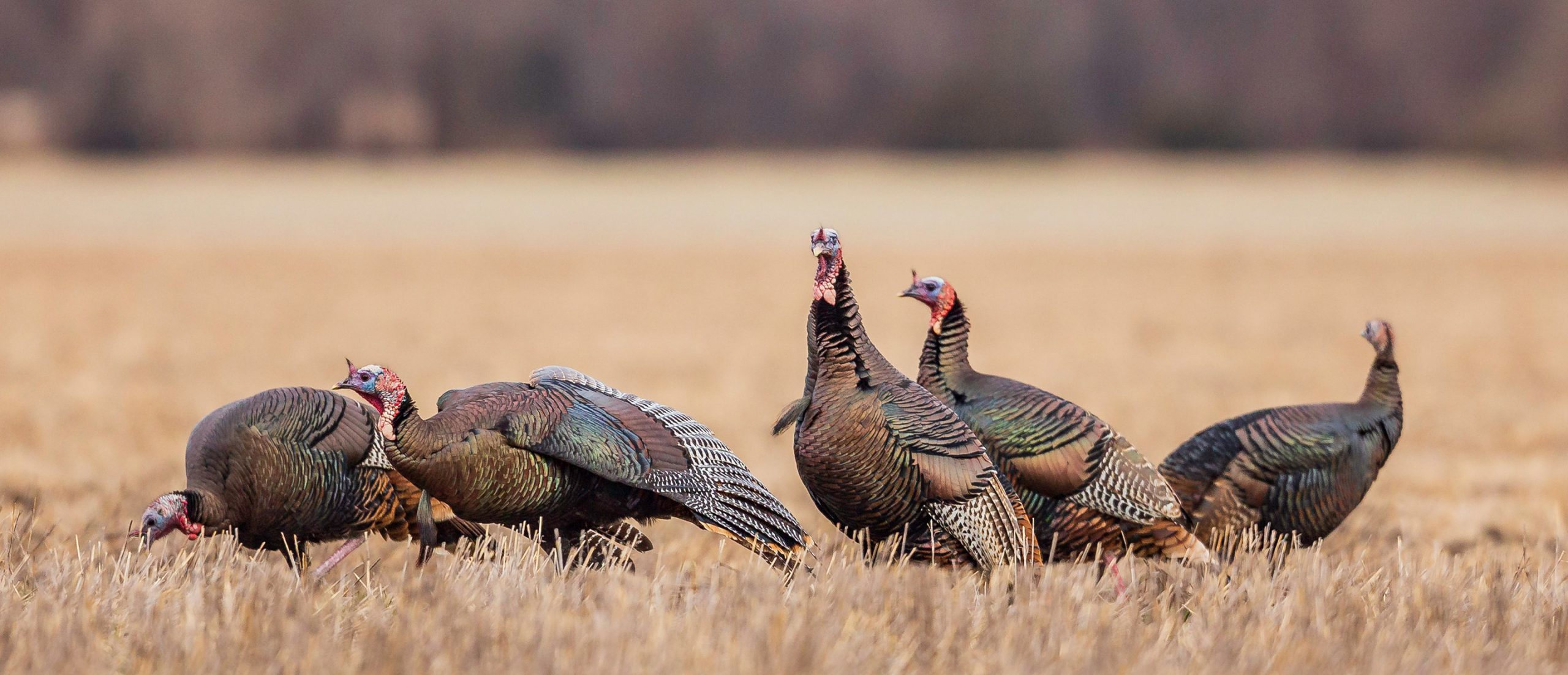Wild Turkey Status Update
Instead of talking about turkey science, I want to look at the status and trends in wild turkey populations across the United States.
The National Wild Turkey Symposium was held in North Carolina last summer. It is a national meeting, typically held every five years, where state agency turkey biologists, university researchers, federal and non-governmental scientists and partners all get together to update each other on the latest scientific research on the wild turkey
Part of the symposium includes a summary of the wild turkey’s status across the United States, as reported by state agency biologists. The University of Georgia’s Michael Chamberlain, the NWTF’s Mark Hatfield and I wrote this symposium’s status report. The report, officially titled, “Status and Distribution of Wild Turkeys in the United States in 2019,” is a snapshot of the wild turkey’s population status. Here are a few thoughts on the status report.
Status Report Overview
Since 1970, the NWTF has surveyed state agency biologists who are responsible for wild turkey conservation and management programs. Data garnered from these surveys provide the baseline status for wild turkeys across the United States on an approximate five-year interval. We ask each state to provide estimates of wild turkey population size, distribution, number of turkey hunters and amount of fall and spring harvest. When aggregated together, each state’s status report provides insight into the wild turkey populations across the United States.
Post-restoration, turkey population status reports generally noted increasing numbers of turkeys, turkey hunters and associated increases in harvest of males during spring seasons. However, in 2011, the turkey status report indicated that estimates of wild turkey population size, plus spring and fall harvests, began to decline from 2004-2009. The 2015 status report also showed a declining wild turkey population. Spring gobbler harvests and reduced spring turkey hunter numbers were down, correspondingly.
Status Report 2022 Summary
[Editor’s note: Unfortunately, 12 states that reported abundance data in 2014 did not report data in 2019, making it difficult to provide an “official” total population estimate. Eight states providing wild turkey hunter numbers in 2014 failed to report for 2019. The symposium report attempts to bridge the gaps where possible, but without full reporting by the states, a more complete picture isn’t possible. The report authors cite a need for better, standardized regional or national reporting. It is also important to note that 2019 numbers were reported pre-pandemic, before the documented surge in hunting license sales during the peak of the pandemic.]
The National Wild Turkey Technical Committee is comprised of state wildlife biologists who oversee wild turkey management programs. In the summer of 2019, the NWTF sent questionnaires to committee members, asking them to estimate their state’s turkey population size and occupied range. These estimates often involve myriad assessments, such as brood surveys, fall and winter surveys and estimates of the number of turkeys per unit area of forested habitat and how much of the total population is harvested each year.

Eastern wild turkeys were the most widely distributed subspecies, followed by Rio Grande, Merriam’s, Gould’s and Florida (Osceola) wild turkeys. Turkey biologists estimated 4,966,127 to 5,001,127 wild turkeys across the species range in those states that reported data for both 2014 and 2019, down about 3%. Since the 2005 status review, wild turkey population estimates have declined by about 30% across states that provided information for all three surveys. Estimated spring harvest during 2019 was 584,421, a 13% decrease from 2014 spring turkey hunting data. From 2014 to 2019, estimated spring harvest decreased in 22 states, increased in 24 states and was unchanged in one state. Fall harvest declined 50% from 2014 to 2019 to 62,319.
Additionally, hunter numbers declined approximately 5% between 2014 and 2019, and we estimate that hunter numbers overall have declined by 22% over the last 20 years.
Perspective
Wild turkey restoration is America’s wildlife success story; however, the scientific and management community is recognizing that populations are showing evidence of declines across the United States. Our focus should be transitioning to management actions that sustain populations and balance ecological pressures with recreational hunting. There is no single, silver-bullet type answer to these issues. Rather, coordinated efforts between conservationists, wildlife agencies and natural resources stakeholders are necessary to stem the wild turkey’s decline and shore up its footings as we move forward through the next several decades.
If anyone wants a copy of the entire status and distribution paper, don’t hesitate to reach out to any of the authors or the NWTF, and we will send it along.
